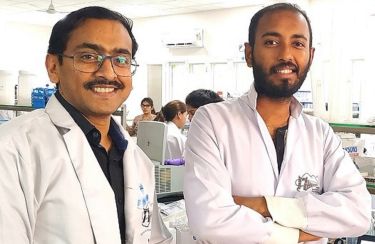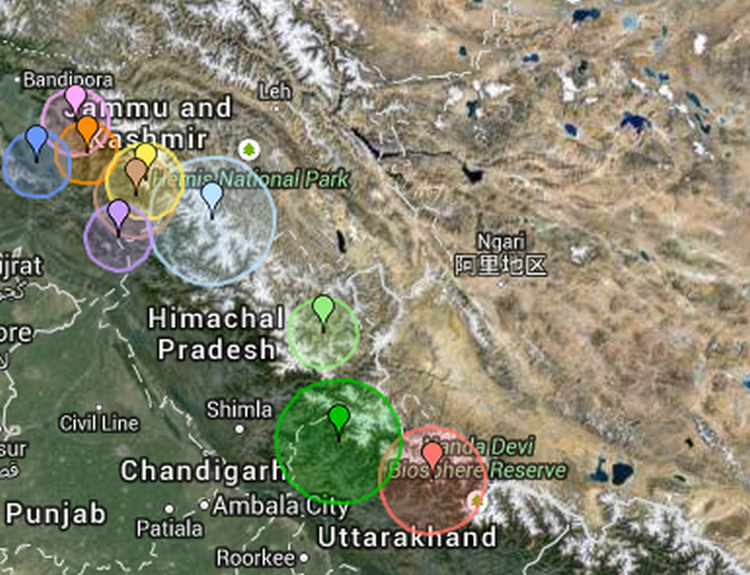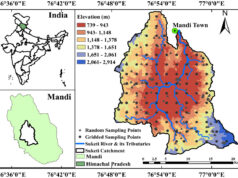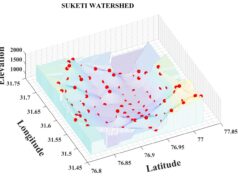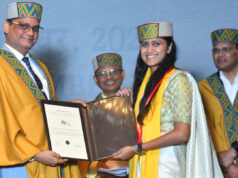Mandi: IIT Mandi has discovered a molecular mechanism by which excess sugar consumption causes fatty liver disease.
A team of researchers from IIT Mandi, led by Dr Prosenjit Mondal, has used complementary experimental approaches, to establish the underlying biochemical relationship between the consumption of excessive sugar and the development of ‘fatty liver’, medically known as Non-Alcoholic Fatty Liver Disease (NAFLD).
This research comes at a time in which the Government of India has included NAFLD in the National Programme for Prevention & Control of Cancer, Diabetes, Cardiovascular Diseases and Stroke (NPCDCS).
NAFLD is a medical condition in which excess fat deposits in the liver. The disease starts silently, with no overt symptoms for as much as two decades. If left untreated, the excess fat can irritate the liver cells, resulting in scarring of the liver (cirrhosis), and in advanced cases, can even lead to liver cancer. The treatment of advanced stages of NAFLD is difficult.
Explaining his research, Dr. Prosenjit Mondal, Associate Professor, School of Basic Sciences, IIT Mandi, said, “The molecular mechanisms that increase hepatic DNL due to overconsumption of sugar have not been clear.”
“Our goal was to unravel this mechanistic pathway between excessive sugar consumption and onset and development of fatty liver Through DNL”, he further added.
India is the first country in the world to identify the need for action on NAFLD and with good reason. The prevalence of NAFLD in India is about 9% to 32% of the population, with the state of Kerala alone having a prevalence of 49% and a staggering 60% prevalence among obese school-going children.
One of the causes for NAFLD is the overconsumption of sugar – both table sugar (sucrose) and other forms of carbohydrates. The consumption of excess sugar and carbohydrates causes the liver to convert them into fat in a process called hepatic De Novo Lipogenesis or DNL, which leads to fat accumulation in the liver.
Through a complementary experimental approach involving mice models, the IIT Mandi team has shown the hitherto unknown link between the carbohydrate-induced activation of a protein complex called NF-κB and increased DNL.
“Our data indicates that the sugar-mediated shuttling of hepatic NF-κB p65 reduces the levels of another protein, sorcin, which in turn activates liver DNL through a cascading biochemical pathway,” explained the lead scientist.
The unravelling of the molecular link between sugar and fat accumulation in the liver is key to developing therapeutics for the disease. The team has shown that drugs that can inhibit NF-κB can prevent sugar-induced hepatic fat accumulation. They have also shown that the knockdown of sorcin reduces the lipid-lowering ability of the NF-κB inhibitor.
The IIT Mandi team’s finding that NF-κB plays a key role in lipid accumulation in the liver opens up a new avenue of therapeutics for NAFLD. NF-κB also plays a role in other diseases that involve inflammation, such as cancer, Alzheimer’s disease, atherosclerosis, IBS, stroke, muscle wasting and infections, and scientists around the world are developing therapeutics that can block NF-κB. The IIT Mondal research shows that NAFLD can now be added to the repertoire of diseases that can be treated with drugs that block NF-κB.
From the preventive angle, the IIT Mandi team’s research has conclusively shown that excessive sugar intake leads to a fatty liver. This should offer incentive to the public to reduce sugar intake to stop NAFLD in its early stages.


